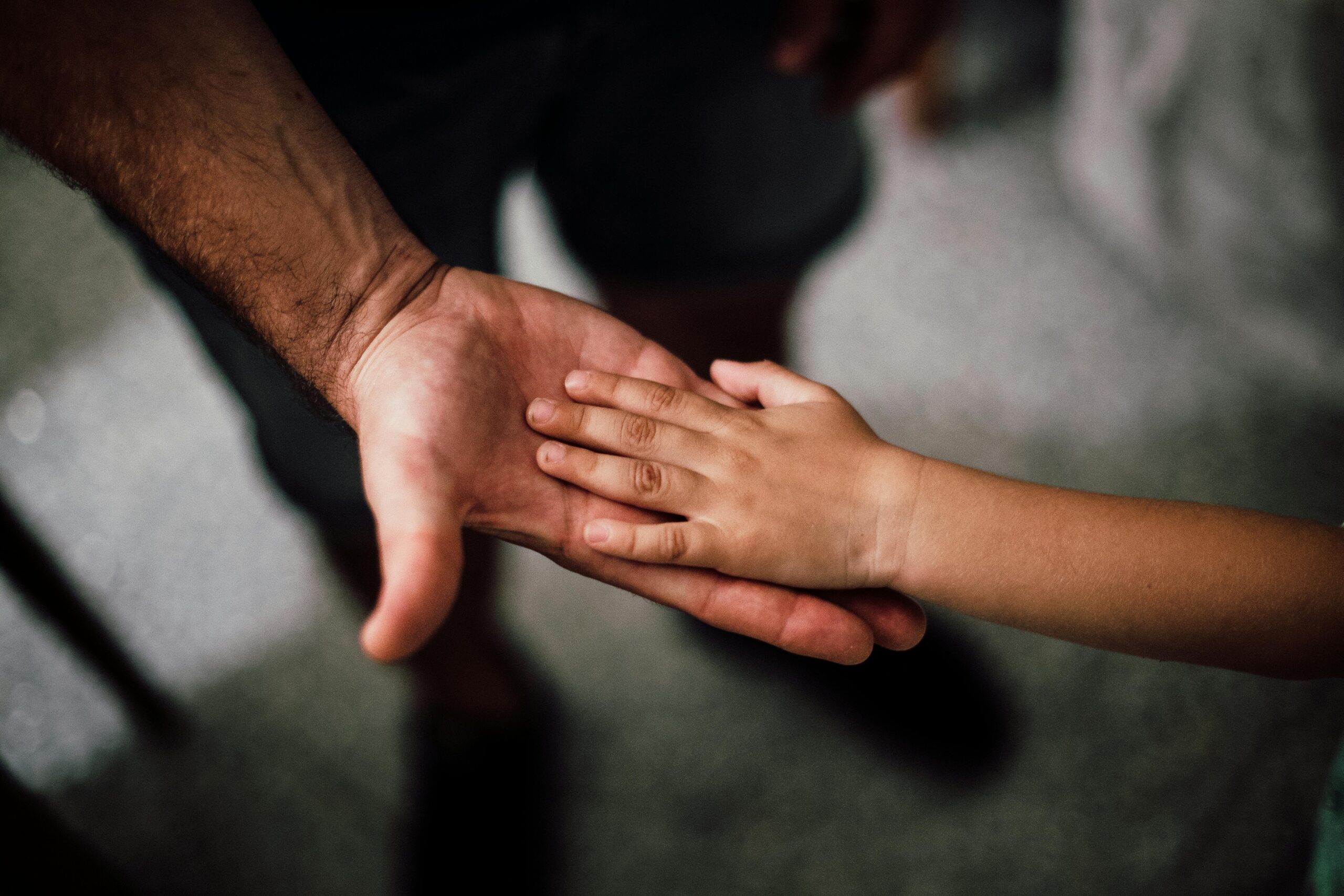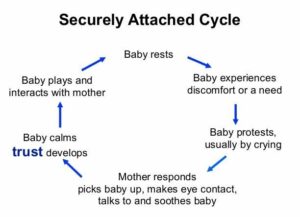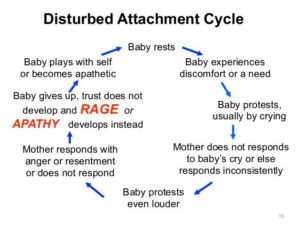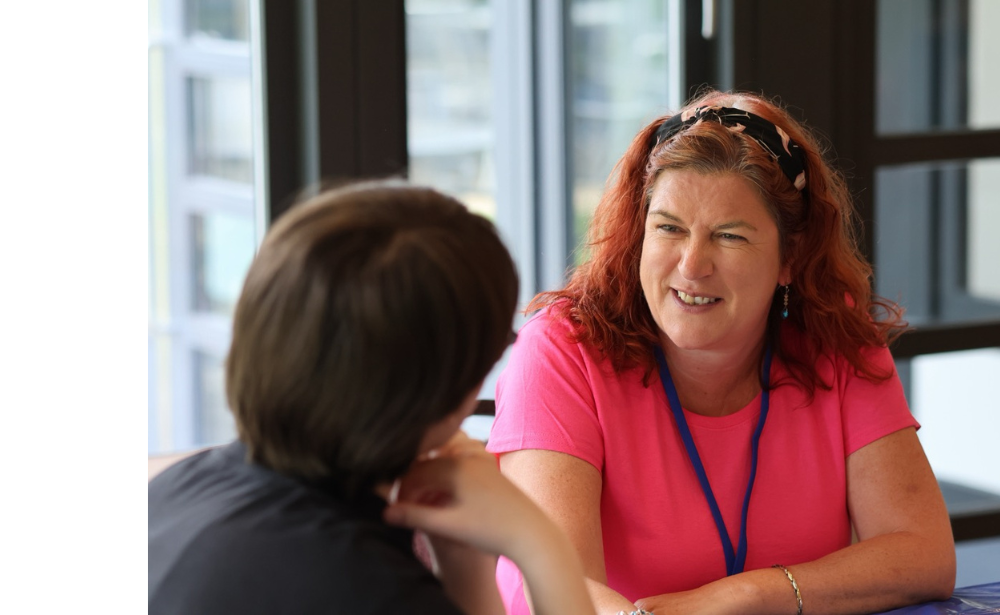Attachment is the affectionate bond that develops when a child experiences love, security and comfort from an adult carer. A child starts to trust its attachment figure to meet its needs and uses this experience for exploring, learning and forming other relationships in life.
Helen Oakwater, Author of ‘Bubble Wrapped Children’
Secure attachments allow children to develop trust in others and self-reliance in themselves. They tend to develop good self-esteem and approach life with self-confidence and good expectations of others.
However, there are many situations where the caregivers are not able to meet the child’s needs in this way, or are available sometimes but not always, so their response is not consistent. Moreover, unfortunately in many cases, the child-carer relationship becomes the source of fear and distress and interferes with the formation of secure attachment. For example, in cases of child abuse.
Helen Oakwater, Author of ‘Bubble Wrapped Children’
These negative early live experiences can lead to one or more of three types of insecure attachments – some children moving from one to another from time to time, as well as from one adult to another.
- Avoidant – when a child’s needs are not met consistently, for example, in cases of neglect. Over time, the child learns not to expect care from adults and starts to believe, “I can’t trust you; I can look after myself; I don’t need help; You don’t care about me.”
- Ambivalent – when adult response is inconsistent and unpredictable, for example, when parents have mental health problems or are under the influence of drugs or alcohol. Child learns to become demanding, clingy, constantly calling out for attention, “You will not notice me unless I play up; I have to get your attention, whatever it takes.”
- Disorganised – when a caregiver is the cause of the distress and fear, for example, in cases of physical or sexual abuse. Child learns to be hyper vigilant and controlling because it believes “I am not safe; You will be angry with me; I have to constantly look out for danger; No one loves me.”
Through these attachment experiences, the child develops an understanding of itself, other people and human relationships. This is referred to as an internal working model, and contains the child’s expectations and beliefs:
- I am good/bad, lovable/unlovable, competent/helpless
- Care-givers are responsive/unresponsive, trustworthy/untrustworthy, caring/hurtful
- The world is safe/unsafe, life is worth living/not worth living
The majority of children and young people in the care of local authorities come from a traumatised background and are insecurely attached. However, these attachment experiences are not limited to care experienced children. Many studies have shown that if a large enough sample is taken, about 40% of children (and adults) in the normal population will be found to have insecure attachments.
Fortunately, many children bounce back. The longer the child experiences disturbed attachment cycles, the harder it is to undo the damage. But the brain has the capacity to repair by building new neurons and rewiring previous connections. Childhood provides the best time frame to improve internal working models and restore the faith in healthy attachments, through positive relationship experiences and therapeutic parenting.
Sign up for news and updates
Subscribe to our newsletter for regular updates.




